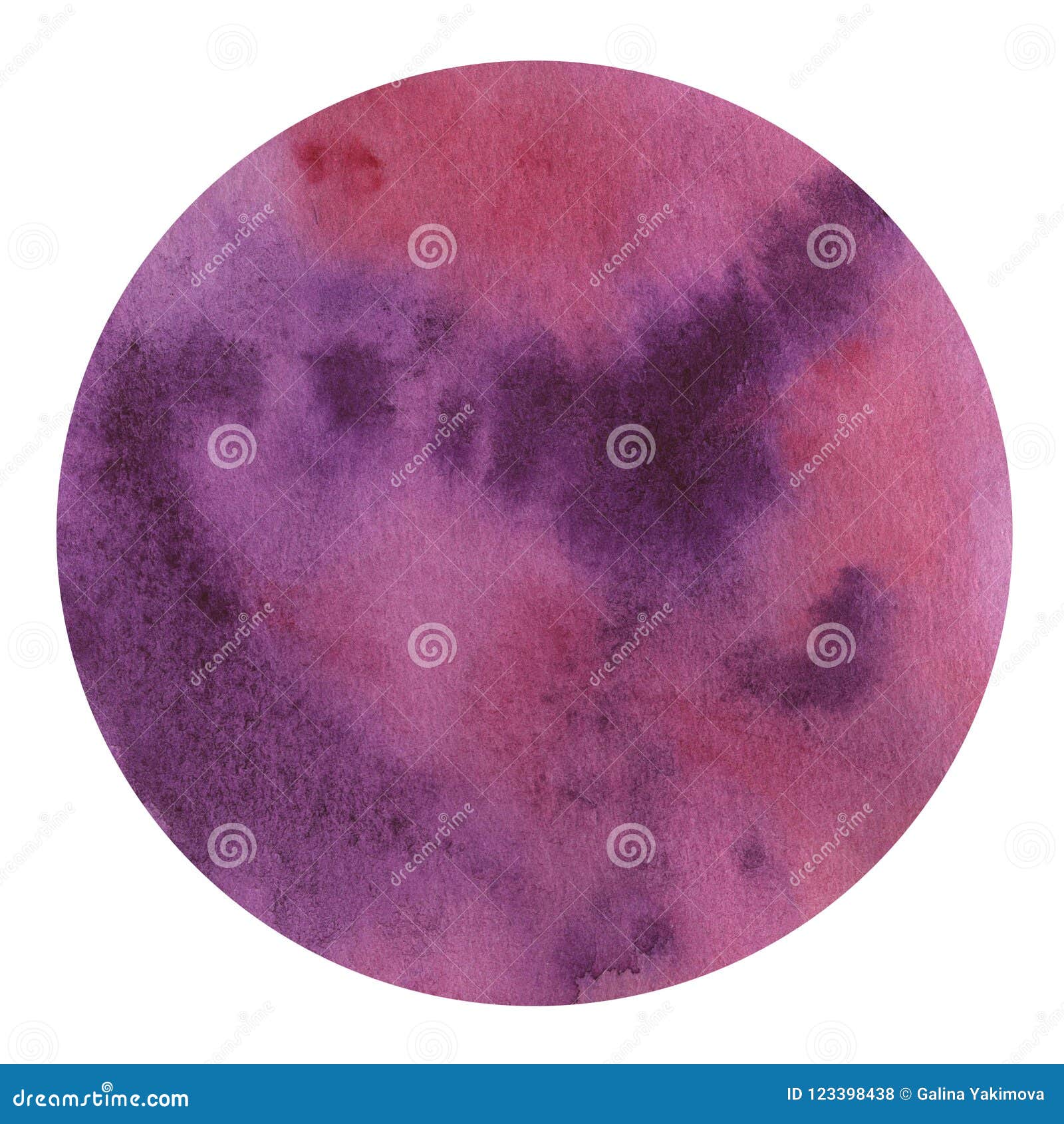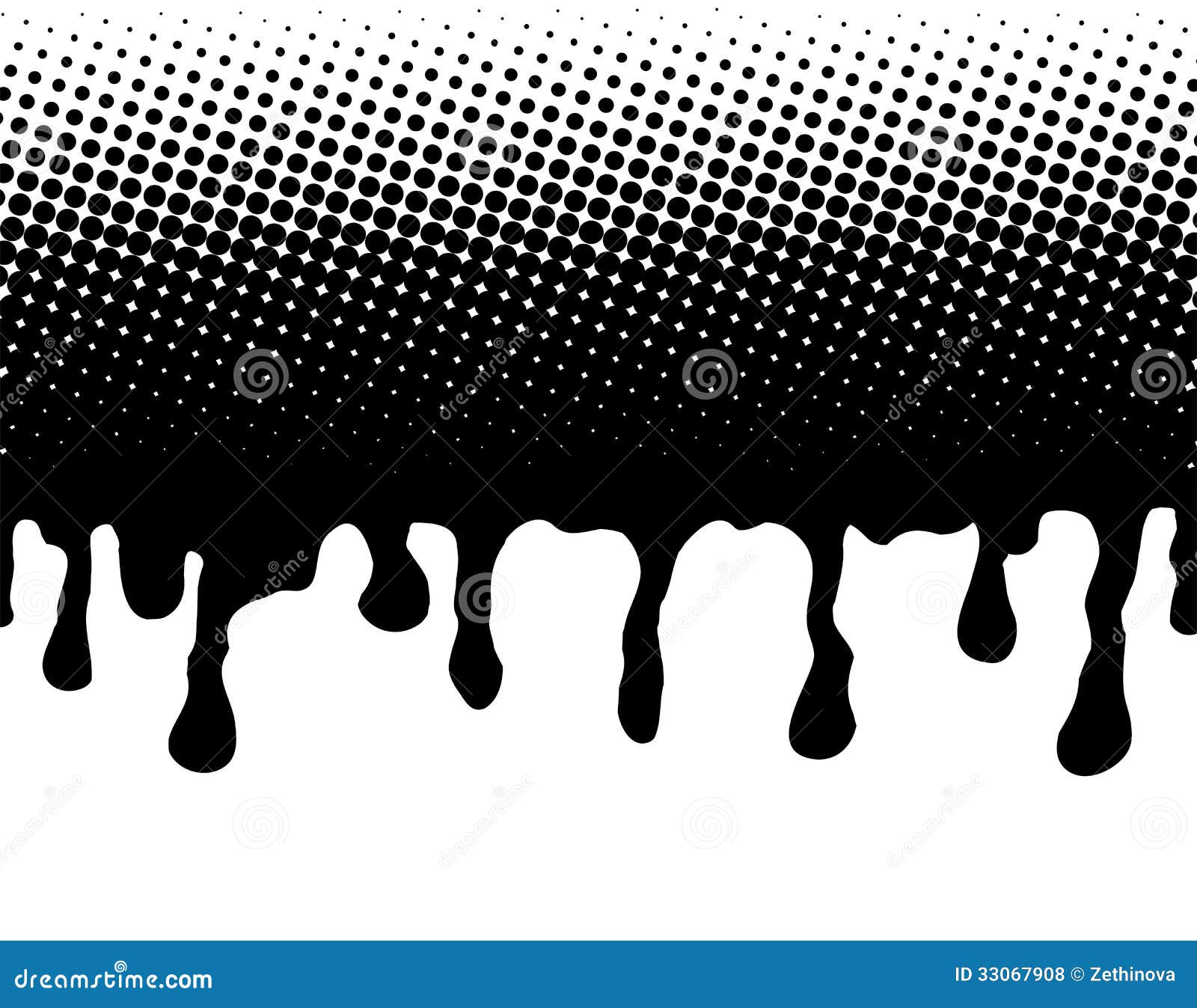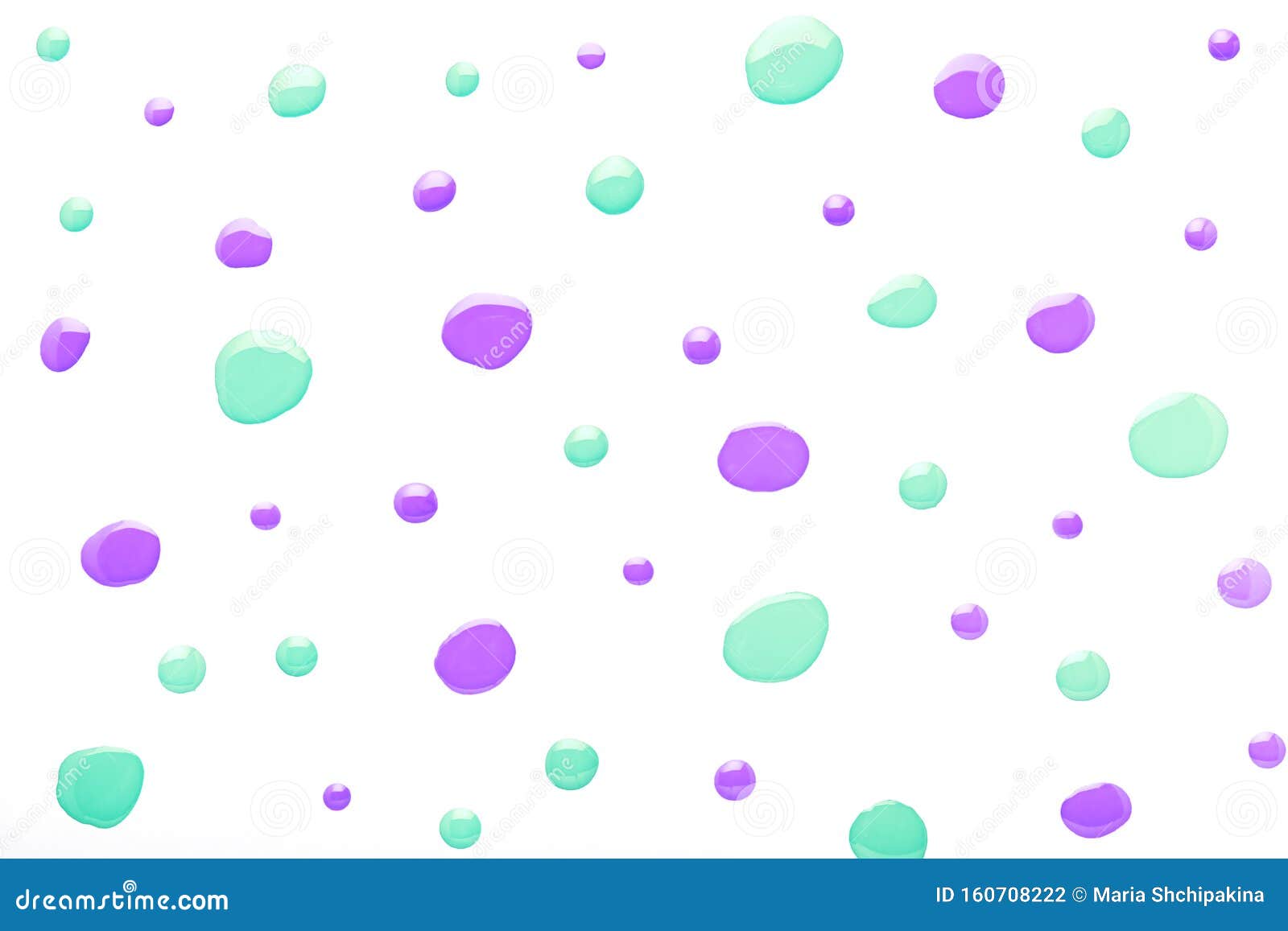

And so because my original colors were just these four right here and my Vivid Swatches group contains four colors as well, Illustrator just goes ahead and swaps them out. All right, so I'll go ahead and click on the word Assign, and then notice over here on the right hand side of the dialog box, we're seeing the various color groups, and so all I have to do is click on Vivid Swatches in order to reassign those colors to my gradient. That's because if you click on Edit you're going to see that color wheel, which is what got us into trouble in the previous movie. Then, if you're not seeing these options right here, click on the Assign button in order to switch to the sub panel. All right, so with that object selected I'll go ahead and click on the Recolor Artwork icon up here in the horizontal control panel, in order to bring up the Recolor Artwork dialog box.

So in other words what we have here is a big huge rectangle that's filled with a free-form gradient and then clipped inside a compound path. All right, so once again I've already done that in advance, and so I'm going to click on this object that contains the freeform gradient, so this boundary right here around the artwork, which I've expressed as a clip group, for what that's worth. I'm going to cancel out here and then after you create a handful of swatches, you'll want to group them together by clicking on this little folder icon. Notice by default, it's going to be a global swatch, meaning that it's linked to any object that you assign it to. And then, you want to go ahead and establish some swatches by clicking on little New Swatch icon, which will allow you to define a swatch, give it a name. And so what you want to do is bring up your Swatches panel, which you can do by going to the Window menu and choosing the Swatches command. And so I'll go ahead and switch over to the original version of my artwork here, and I'll click off that shape to deselect it.

And again, that's something you can do very easily using color groups that you establish inside the Swatches panel. And so I want to gain a little more control over the process in order to create this vivid color scheme here, as well as these steely colors. Well, in my opinion, this is trash, these colors are terrible. And we basically winged it, in order to recolor the gradient like so. And so as you may recall in the previous movie, we took this freeform gradient that's surrounding this slide for my Illustrator 2020 One-on-one Fundamentals course. And so you can see here that I've established three different color groups, all of which contain four swatches apiece, here inside the Swatches panel.
#FOUR COLOR DRIPS IN A CIRCLE HOW TO#
the "contiguous" (meaning all touching) United States (no Alaska or Hawaii).- In this movie, I'll show you how to recolor a freeform gradient with the help of a color group. Of a huge branch of mathematics known as Topology. That's a big word, but a very simple idea: one can become the other. In a certain way, you could end up with the circular diagram. By stretching and skewing the piece of rubber Imagine the map of European countries was drawn on a piece of rubber Now look again at our previous two examples:Ĭan you see the similarity between these two diagrams? That, although their proof was correct, it was cheating to use aĬomputer. Haken proved the theorem with the aid of a computer. But nobody could prove it until in 1976 Appel and There were many false proofs, andĪ whole new branch of mathematics - known as Graph Theory - was developed to try Mathematical brains in the world were unsuccessful in proving one of For over one hundred and twenty years some of the best It is important because it was first stated in 1852, but was not proved This result has become one of the most famous theorems of mathematics Use a lot more colors if we wanted to, but a maximum of four colors is Like the first example, we could use fewer than four. Pattern or map can always be colored with four colors. Try coloring in the map and see what is the fewest number of colors youĪgain, don't look at my answer until you have tried it yourself! Is a map of part of Europe, showing nine countries and how they border This could get a bit more interesting if we wanted to color a map.Ī map may not work when a country has two or more separate areas, such as Alaska (part of the US, but with Canada in-between) or Kaliningrad (part of Russia, but also not joined).
I needed four colors to color this pattern.Ĭan't color this pattern with fewer than four colors. Try it yourself before looking at my answer. You could use four different colors, or you could make do with justīut you couldn't color this pattern with just two colors. Let's start with a simple pattern like a group Having a common corner is OK, just not an edge. Two sections that share a common edge cannot be colored the same!


 0 kommentar(er)
0 kommentar(er)
